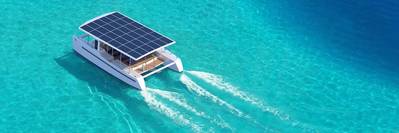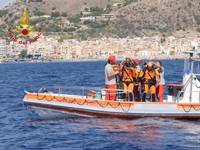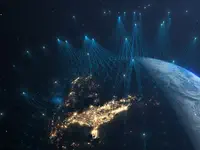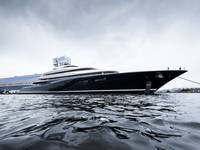Taking Ecotourism to the Next Level
Soel Yachts and Naval DC Introduce the SoleCat 12- a solar electric vessel.
Ecotourism has been identified to have one of the highest annual growth rates in the industry, according to the World Tourism Organization’s (UNWTO) study on ecotourism. One of the qualifying criteria on ecotourism, defined by the Global Sustainable Tourism Council (GSTC) for hotels and tour operators, is to reduce transport related greenhouse gas emissions and to use renewable energy sources where possible. However, little to none efforts have been seen put into practice when it comes to water based passenger transport due to the lack of better alternatives.
True ecotourism
Soel Yachts and Naval DC are proud to introduce the SoelCat 12, an autonomous solar electric catamaran for coastal water, lagoon and inter-island transportation. The SoelCat 12 was developed for the fast growing ecotourism market: “It is great to see a lot of green initiatives at resorts these days, however, water bound transport always seems to be neglected”, said Joep Koster, designer and naval architect at Soel Yachts. “The SoelCat 12 offers a 100% sustainable alternative to conventionally powered boats used in the industry, so far. Taking your guests on a lagoon tour without the noise and smell of combustions engines opens up unique PR values for the industry, given that the people will experience the sustainable technology hands on. Furthermore, the boat can offer surplus solar energy to the resort when the SoelCat 12 is moored”, Joep added.
Versatile passenger vessel for a broad variety of markets
The SoelCat 12’s generous deck space is fully customisable and can host a variety of seating arrangements and layouts. From luxurious and comfortable yacht-like features to practical and economical deck gear for water taxi services, eco-tourism and water- bound resorts, the Soelcat 12 offers an adaptable platform for each application. For dive operations, the vessel offers generous tank storage space and wet storages for the dive gear. Moreover, SoelCat 12’s mobile power station capabilities of providing 6kVA of AC power make the SoelCat 12 an ideal and autonomous base for scientific and governmental coral reef research and marine life expeditions. The SoelCat 12 is purpose designed for salt-water applications and can even be beached on sandy beaches due to its reinforced hull build from lightweight fibreglass composite.
Ocean proven technology
The SoelCat 12 benefits from Naval DC’s nine years electric propulsion experience in harsh environments: “Our integrated electric propulsion systems have logged more than 350.000 blue water nautical miles in the Pacific, so far”, said David Czap from Naval DC. “Lightness is key to the vessel’s performance: Our marine grade lithium polymer battery systems weigh in at just 8kg per kWh and we can remotely monitor all electric propulsion system vitals worldwide via our Naval UI alarm & monitoring system.” The SoelCat 12 has a total lithium battery capacity of 120kWh and can operate for 6 hours at 8 knots speed on the batteries alone. Measuring 39ft in length, the SoelCat 12 can cruise at speeds between 6 and 15 knots. “At 6 knots, the vessel operates entirely off the energy provided by the solar panels during sun shine hours”, David added.
Worldwide availability
The SoelCat 12 has been designed to be demountable and fits into two 40ft high cube containers. As a result of such compact dimensions, the vessel can easily be transported at affordable rates to remote areas or islands all over the world. Neither lamination processes, nor specialized tools are required for the SoelCat 12’s assembly on location. Pricing will become available in 2016, as the first vessel is currently under construction. Launch of the vessel will be in the third quarter of 2016. Interested customers can register with Soel Yachts for build slots and test drives. Furthermore, a weekender yacht version based on the SoelCat 12’s platform is currently being developed on the drawing table.





